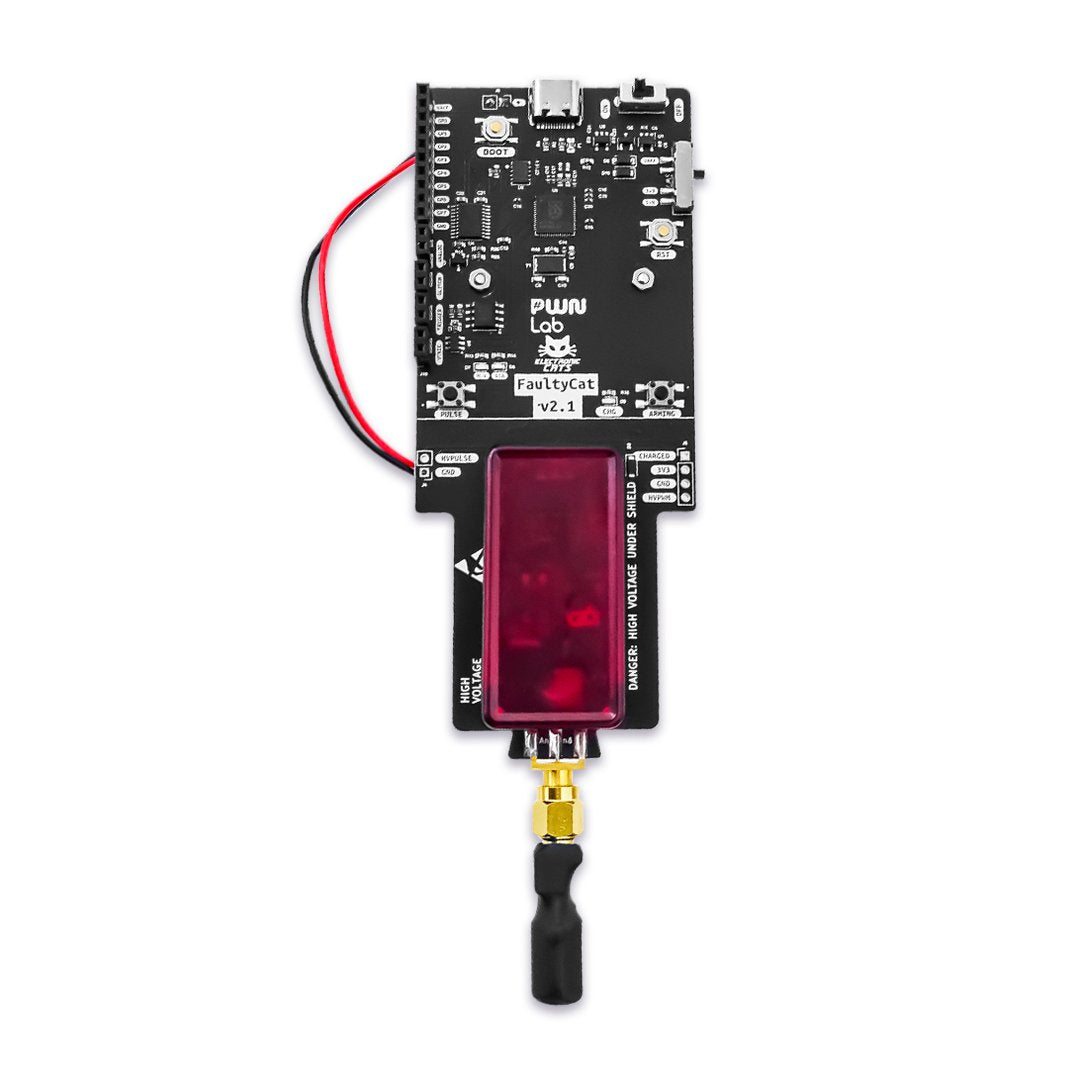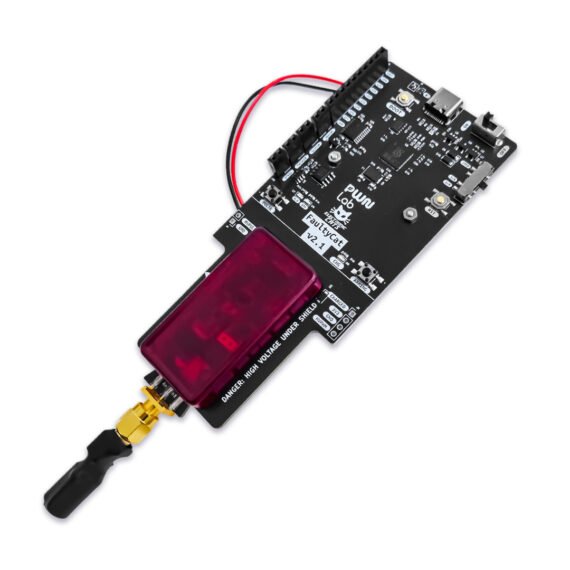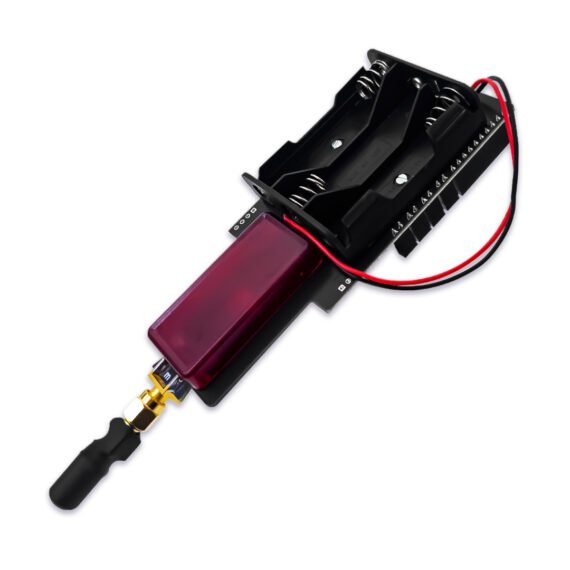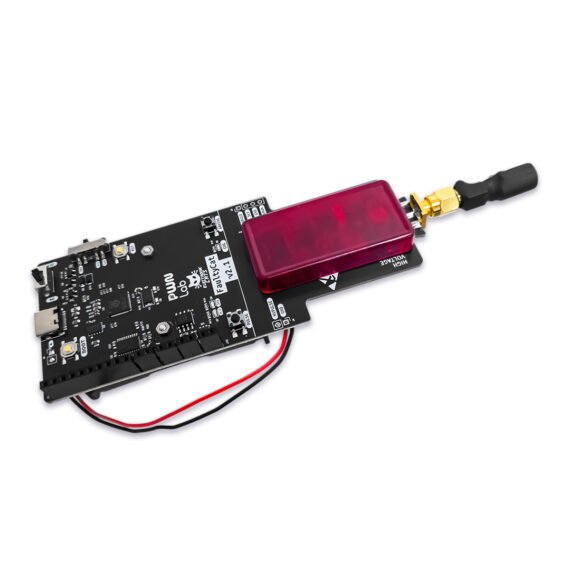1
/
of
4
Electronic Cats
Faulty Cat
Faulty Cat
Regular price
$250.00 AUD
Regular price
Sale price
$250.00 AUD
Taxes included.
Shipping calculated at checkout.
Quantity
Couldn't load pickup availability
Faulty Cat v2.1 is an evaluation device designed for security testing in embedded systems. It integrates advanced capabilities for vulnerability exploitation through Electromagnetic Fault Injection (EMFI), glitching techniques on critical signals, and analysis of undocumented debugging interfaces such as SWD and JTAG.
-
EMFI (Electromagnetic Fault Injection):
Enables fault injection attacks to alter the behavior of microcontrollers or SoCs during runtime. Useful for security analysis, authentication bypass, and key extraction from protected devices. -
Integrated Glitcher:
This version includes a glitching system that allows precise manipulation of signals such as voltage or reset. Ideal for exploring vulnerabilities during boot sequences or in critical firmware execution paths. - SWD/JTAG Pin Detection:
Includes a function that automatically identifies serial debug pins (such as SWD or JTAG) on unknown devices. This facilitates access to hidden or undocumented debugging interfaces, enabling tasks such as memory reading, firmware analysis, or custom code uploading.
Tech Specs
| Microcontroller | RP2040 |
| Operating Voltage | 3.3 V |
| Input Voltage (recommended) | 5 V |
| High Voltage | ~240 |
| Supported Battery | Alkaline, 1.5 V |
| Length | 163 mm |
| Width | 51.6 mm |
Includes
- Inductor
- Cable USB-C
Links
Share








